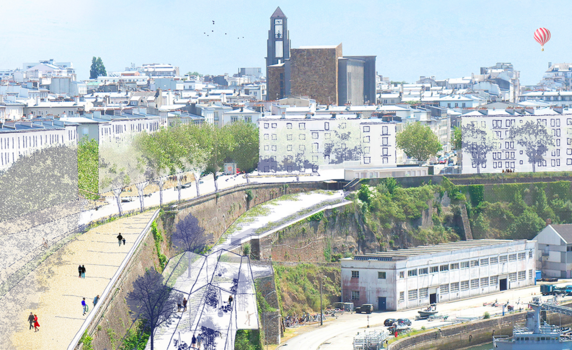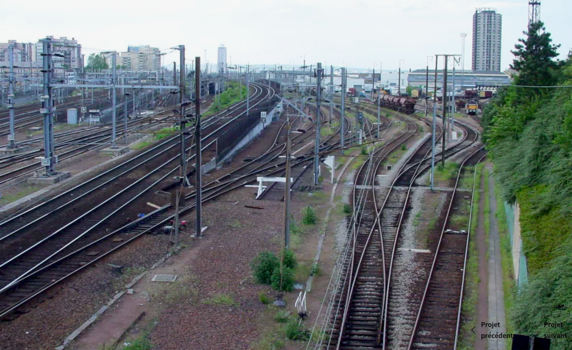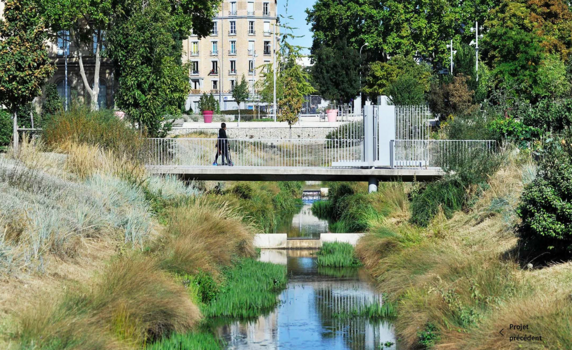for further information
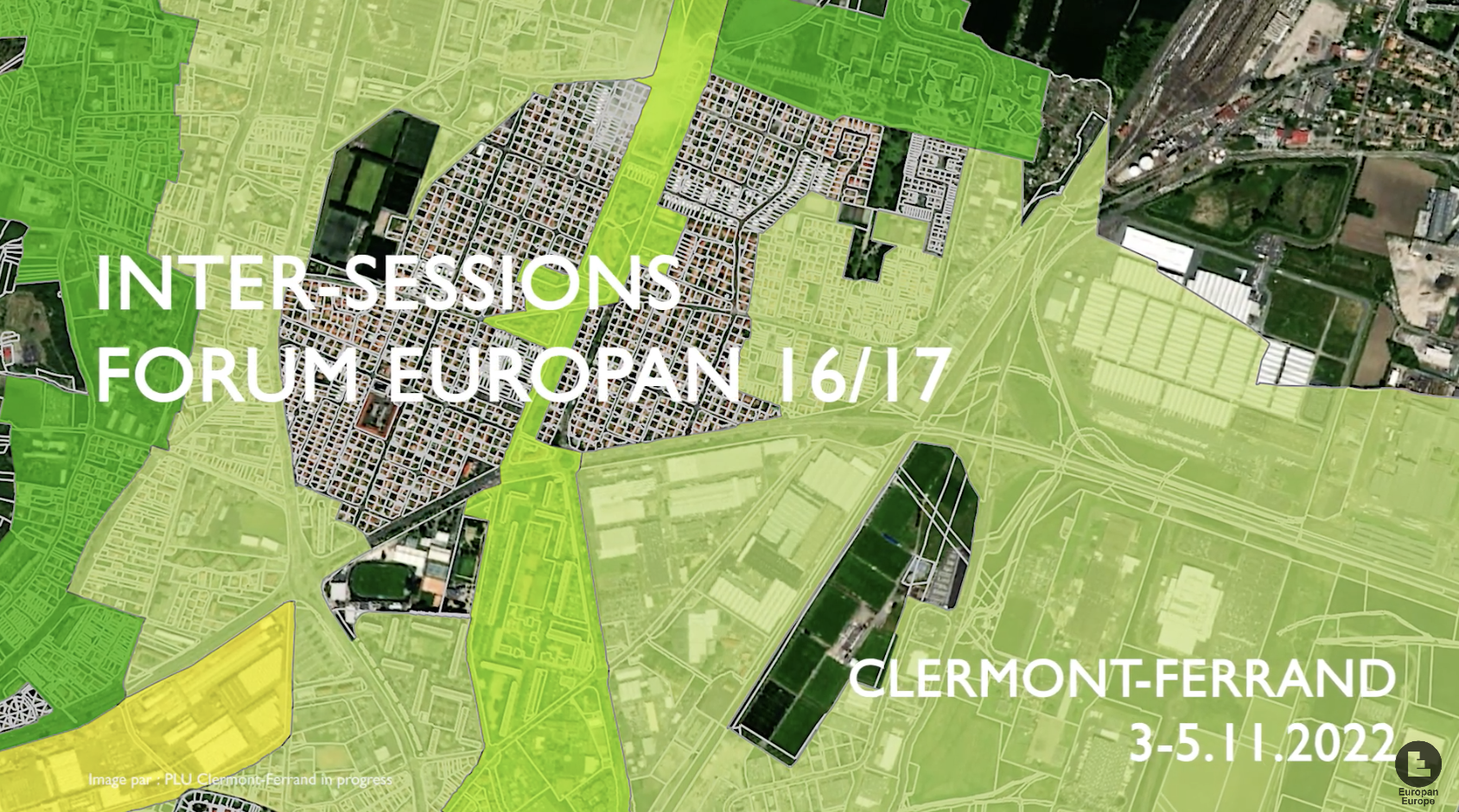
E17 lexicon
ECOLOGICAL BIFURCATION
The Ecological Transition is defined as “ an evolution towards a new economic and social model – a model of sustainable development ”. But in reality it cannot happen without a set of radical bifurcations, of alternative ways, a set of experimentations that renews our ways of consuming, producing, working, living together, but also thinking – without opposition – the link between nature/culture in order to try to respond to the major challenges of climate change, of resource scarcity, of the accelerated loss of biodiversity and of the multiplication of environmental health risks and strong inequalities.
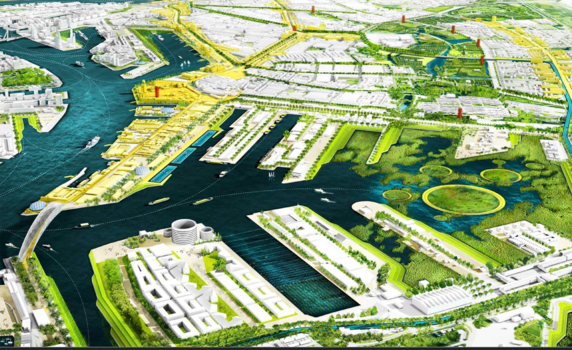
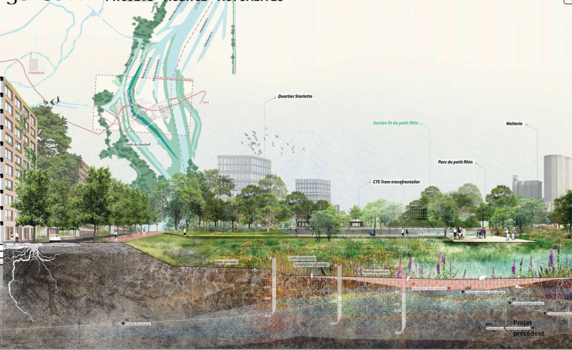
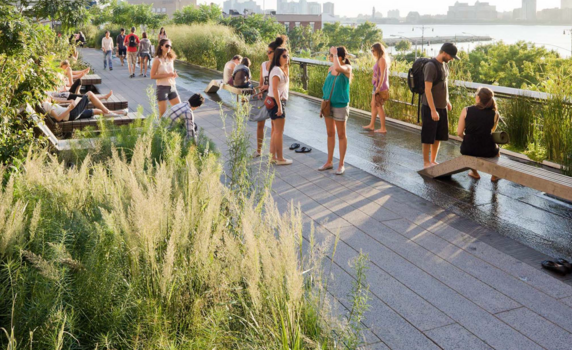
ALLOWING INCLUSIVITY
The fact of including all types of people, things or ideas and treating them all fairly and equally. The practice or policy of providing equal access to opportunities and resources for people who might otherwise be excluded or marginalized.
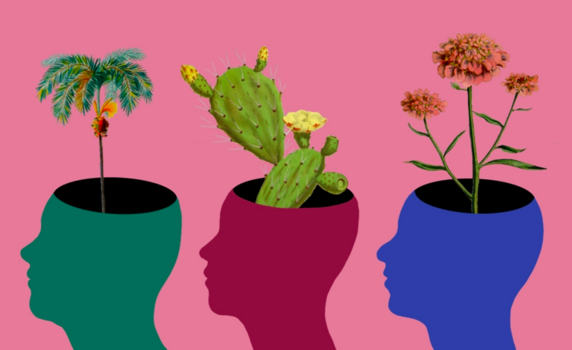
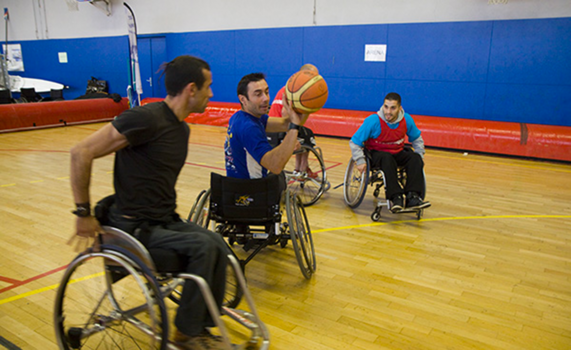

LOCAL/TRANSLOCAL PROJECT
A local project is defined by physical or geographical borders. A village is an example of locality, which is usually defined by its settlement area. Alberto Magnaghi has revived the idea of a local project that is more attentive to identities and places; this project would establish a new "pact between local actors" in order to achieve "the enhancement of the heritage and the preservation of the environment (environmental sustainability)”, essentially to guarantee the renewal "of the territorial characteristics (territorial sustainability)”. But the definition of “local” is re-examined because for some people it curtails the realities of a more globalized world, which would be better interpreted through the notion of “Translocality”. “Translocality” is a variety of enduring, open, and non-linear processes, which produce close interconnections between different places and people. These interconnections and various forms of exchange are created through migration flows and networks that are constantly questioned and redesigned.
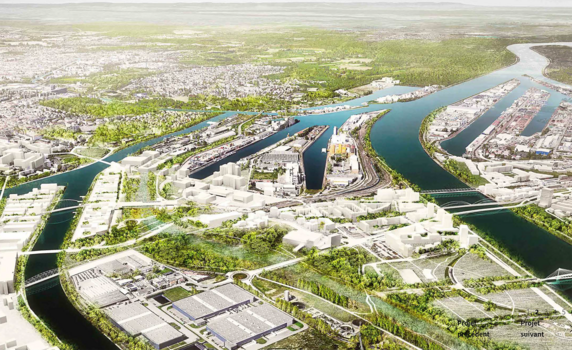
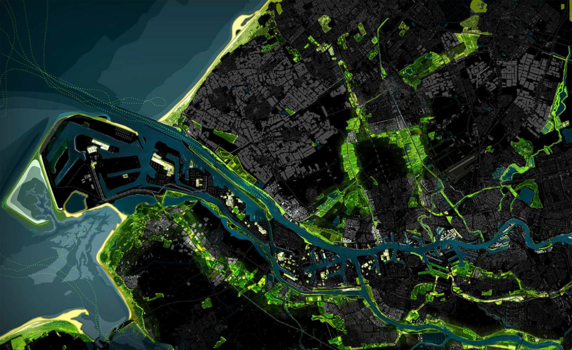
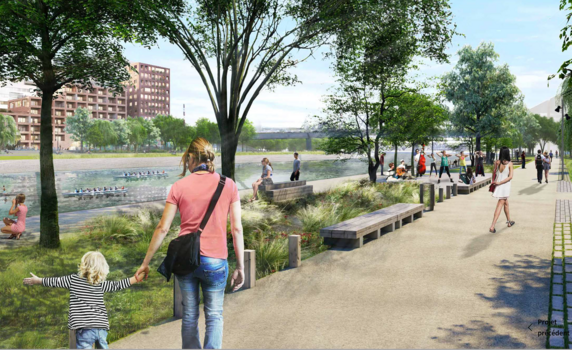
REGENERATING INHABITED MILIEUS
“Regenerating inhabited milieus means taking care of these environments which combine ecology and social aspects. Insisting on what ‘is’ between things and beings as well as on what ‘is to be’; it means recycling, de-polluting, reinvigorating, saving, diversifying, caring and recreating.” Chris Younes
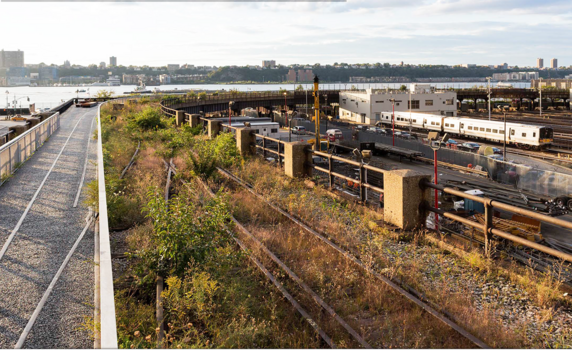
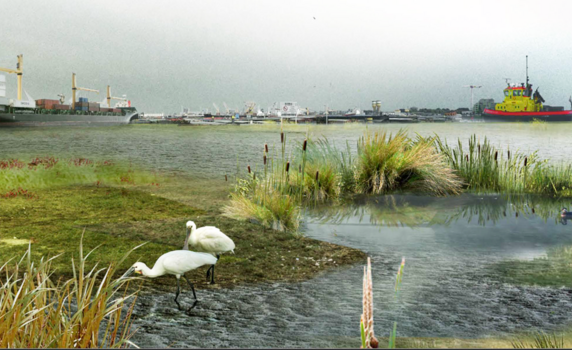
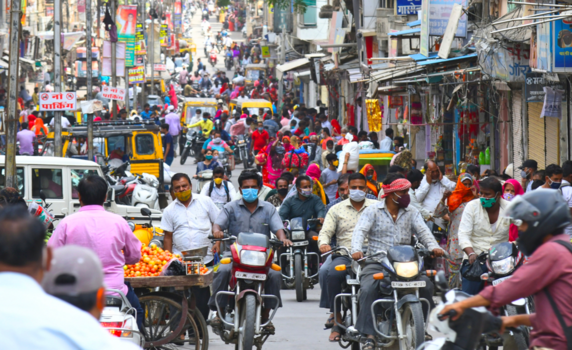
UNDERSTANDING THE RISKS AND ADAPTING TO THEM
Due to climate change, the risks linked to human action (anthropogenic risks) and the natural risks (linked to a natural hazard), essentially due to the predominance of human action on the environment, are combined risks and linked to several natural and anthropogenic phenomena at the same time. It is a matter of studying them, understanding them, avoiding them but also knowing how to adapt to them. Natural risks can be climatic (droughts, hurricanes, etc.), flooding (storm surges, floods, etc.), geophysical (earthquakes, volcanism), gravitational, i.e. purely slope-related (landslides, avalanches, etc.), or sanitary (pandemics and epidemics, etc.). These so-called natural risks are amplified by human action and are combined with anthropic risks: technological (oil spills, factory explosions, etc.), social and political (wars, ethnocides, etc.), food (famines, various shortages), air, water and soil pollution, which have major health consequences.
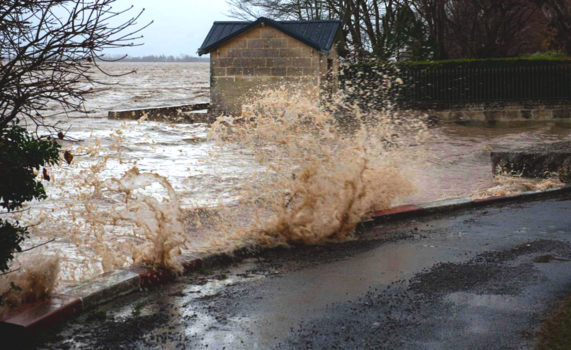
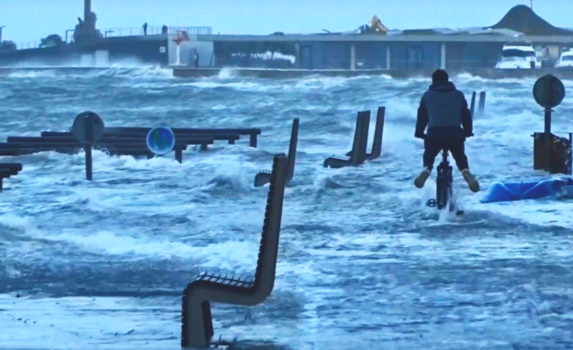
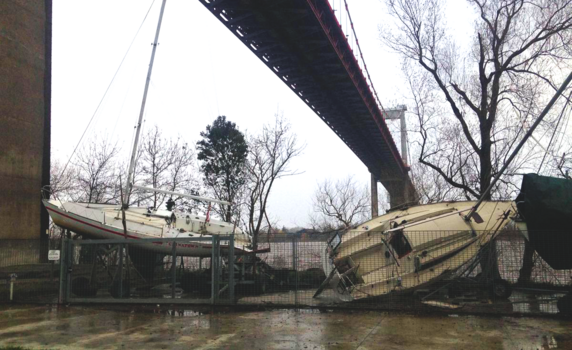
CREATING CITY-NATURE HYBRIDITY
"In inhabited milieus, new alliances between nature and culture require hybridisation: urban nature, nature in the city, ecocities or biotopes, opening up to potential attractive mixes. The strong desire for nature in an urban world does not refer to the wish to return to a previous world as a nostalgia, a naivety or a refusal of the city, but it reinforces the aspiration to desirable symbioses.” Chris Younes
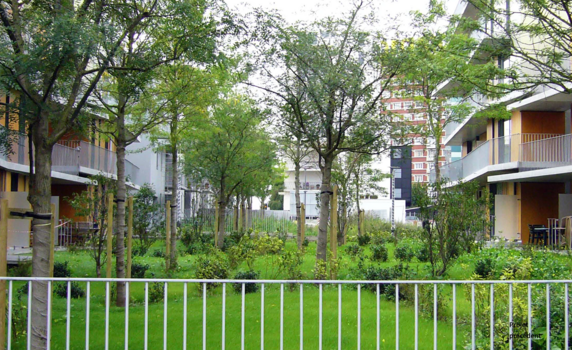
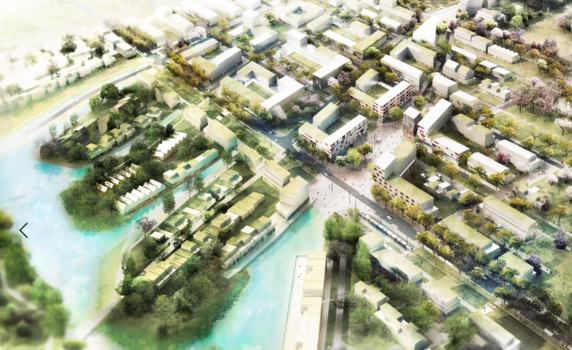
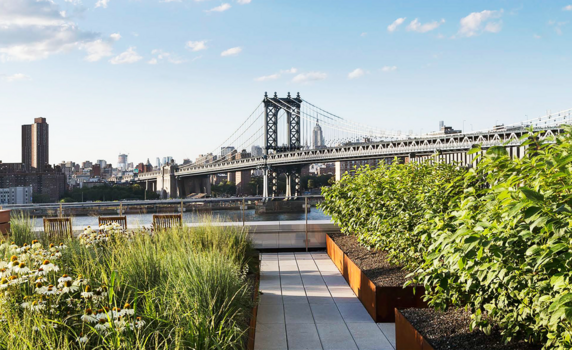
QUALIFYING THE CONDITIONS OF HABITABILITY
A neologism that describes all the conditions of living in a place (accessibility, conviviality, citizenship, proximity), both material and ideal. The term refers to an idea of inhabitation that is broader than the fact of residing. The habitability of a place is linked to the existence of sufficient possibilities of creation and adaptation to allow humans to appropriate it and to cohabit with other humans. Habitability approaches study the way in which the social structure is constructed in a living territory.
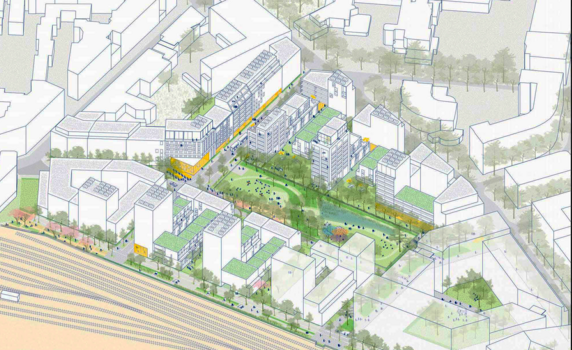
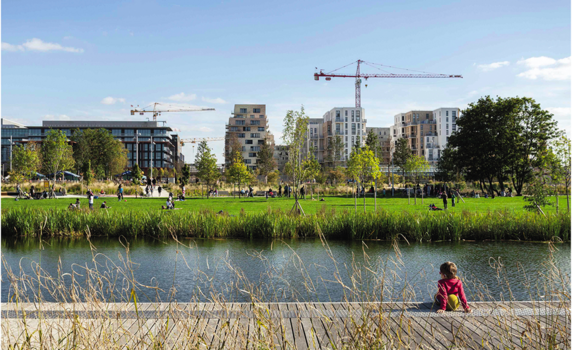
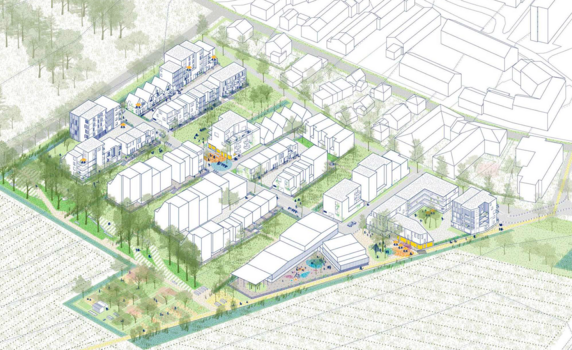
BEING PART OF A TERRITORIAL/URBAN METABOLISM
Territorial/Urban Metabolism is based on an organic metaphor that compares territories to human bodies: to ensure their vital functions, they need to draw on materials and energy, which they consume, transform and then excrete. We speak of Circular Metabolism when the (incoming and outgoing) flows circulate mainly within a territorial system, and of Linear Metabolism when they overflow the study area.
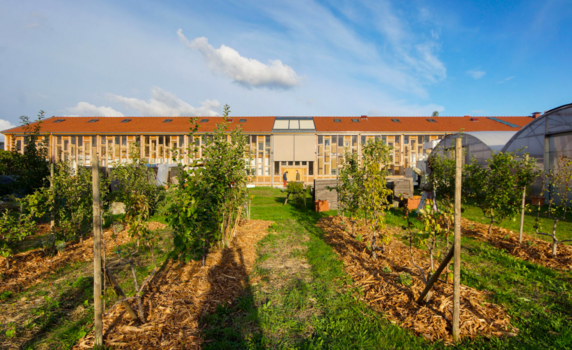
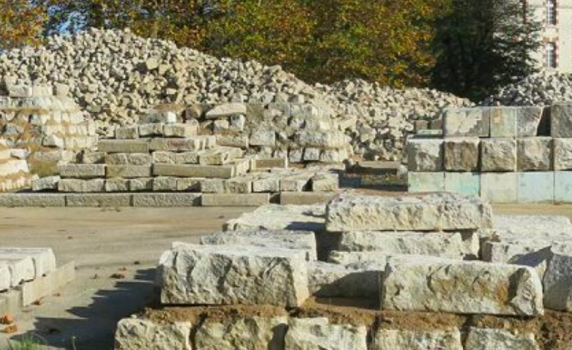
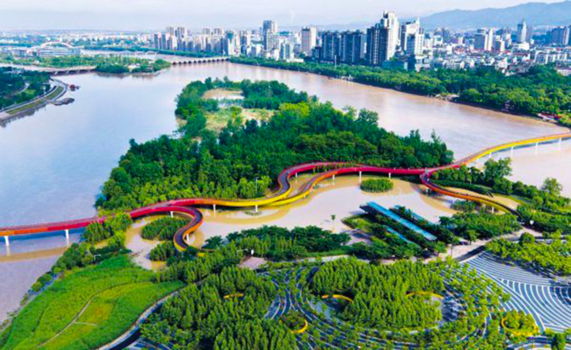
TAKING CARE OF THE VULNERABILITY OF THE INHABITED MILIEUS
Human/Nature interactions have an influence on the vulnerability of living environments. This is reflected in problems of depletion of natural resources, of erosion of biodiversity and of climate change. The main parameters of vulnerability concern soils and subsoils (topography, nature of the soil, thickness, uses, etc.), groundwater, surface water and, finally, man via the uses of the sites and their surroundings. The preservation of natural resources and environments and the adaptation to climate change are one of the key issues.
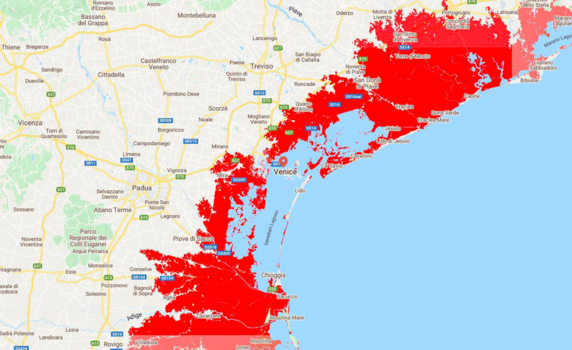
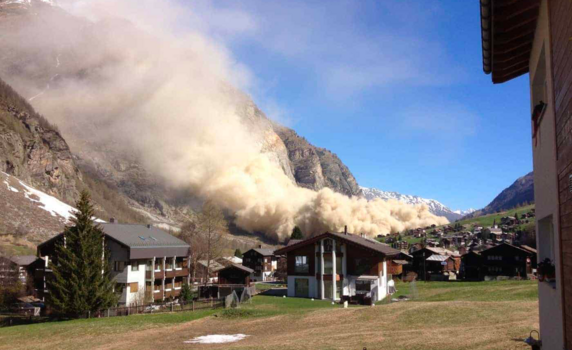
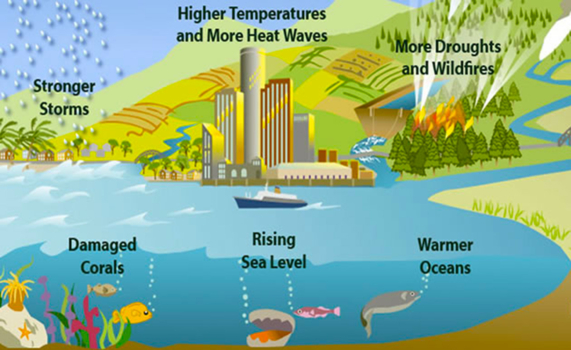
CARE
"Care can be seen as a generic activity that includes everything we do to maintain, perpetuate and repair our "world"; so that we can live in it as well as possible. This world includes our bodies, ourselves and our environment, all of which we seek to link into a complex network, in support of life."
This general definition by Joan Tronto can be applied to the conception of space as something that can contribute to making our world "habitable"; and "livable".
